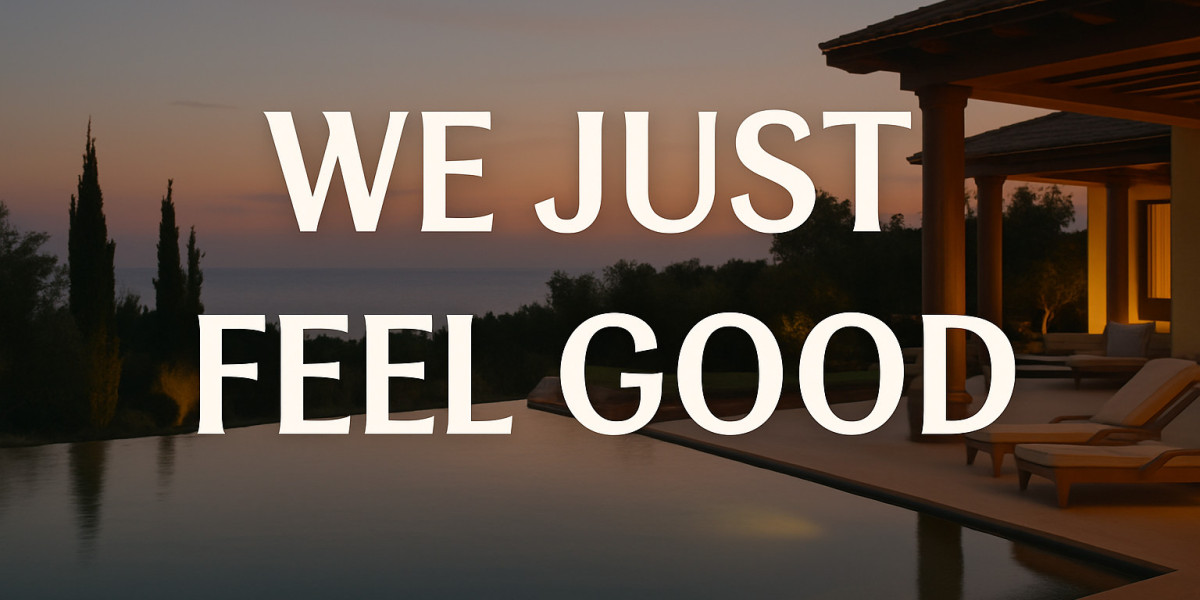In a world obsessed with speed, the idea of slowing down may seem counterintuitive—especially when it comes to travel. Many travelers, driven by the urge to “see it all,” pack their itineraries with as many destinations and activities as possible. They hop from one city to another, snapping photos, ticking boxes, and chasing the perfect sunset before rushing to the next stop.
But a quiet revolution is taking place. A growing number of people are embracing slow travel—a philosophy that prioritizes depth over breadth, connection over consumption, and experience over efficiency.
What Is Slow Travel?
Slow travel is not about moving at a literal snail’s pace, nor is it limited to long-term backpackers. It’s an approach that values immersion in a destination rather than racing through it. Instead of spending three days in five different cities, slow travelers might spend two weeks in one, learning its rhythms and appreciating its subtleties.
This could mean renting a small apartment in Lisbon for a month, joining the same café crowd every morning, getting to know local shopkeepers by name, and developing a sense of belonging. It’s travel that feels less like “visiting” and more like “living elsewhere for a while.”
Why People Are Choosing to Slow Down
There are several reasons why slow travel is resonating with modern travelers:
Authentic Connection – By staying longer, travelers have time to meet locals, participate in community life, and form real relationships.
Reduced Stress – Fewer transfers, flights, and rushed checkouts mean a calmer, more enjoyable pace.
Environmental Impact – Traveling less frequently between destinations reduces carbon emissions.
Cultural Understanding – Slow travel offers space to learn about traditions, history, and daily life in ways that quick visits rarely allow.
In short, it’s about being present rather than passing through.
The Emotional Rewards of Staying Put
Fast travel can sometimes feel like skimming the surface of a place—beautiful, but fleeting. Slow travel, on the other hand, allows you to sink into a destination’s texture. Over time, you begin to notice small things: the way light filters through the trees in the late afternoon, the scent of bread baking from a corner shop, the unspoken rituals of the morning market.
These details, though seemingly insignificant, are what linger in our memories long after we return home. They are the threads that weave a deeper connection to a place.
The Role of Intention in Travel
Slow travel encourages intentionality. Instead of asking, “How much can I fit into this trip?” the question becomes, “What do I want to experience deeply?” This shift in mindset often leads to more meaningful journeys.
For example, rather than rushing through multiple museums in a single day, a slow traveler might spend an entire afternoon in one, pausing to reflect on the art, the space, and the history it represents.
This doesn’t mean abandoning adventure—it simply means giving yourself the space to truly experience each moment.
Economic Benefits for Local Communities
While fast travel can boost economies through sheer volume, slow travel often brings more sustainable benefits. Travelers who stay longer tend to spend money on local businesses—family-run guesthouses, neighborhood cafés, artisan workshops—rather than large, centralized tourism hubs.
This spending supports small enterprises and helps preserve cultural traditions. It creates a more balanced exchange, where the benefits of tourism are felt across the community.
How to Embrace Slow Travel
Adopting a slow travel mindset doesn’t require radical changes—it’s more about how you approach your trip:
Stay Longer in Fewer Places – Choose quality over quantity in your itinerary.
Walk or Cycle – Moving at a human pace allows you to notice more.
Learn a Few Local Phrases – Even simple greetings can open doors to connection.
Participate in Local Life – Visit markets, attend festivals, take cooking or craft classes.
Disconnect from Technology – Limit your screen time to stay present.
The Intersection of Slow Travel and Wellbeing
There is also a personal wellbeing aspect to slow travel. In our everyday lives, stress and busyness often take center stage. Traveling slowly can be restorative, offering a break from constant stimulation. It allows time for self-reflection, creative inspiration, and mental clarity.
Many travelers find that slow travel helps them return home not just with souvenirs, but with renewed energy and perspective.
Designing Experiences That Encourage Slowness
Certain travel companies are beginning to incorporate slow travel principles into their itineraries. They prioritize extended stays, locally guided activities, and flexible schedules that leave room for spontaneous discovery. One example is We Just Feel Good, which integrates cultural immersion and comfort into journeys that allow travelers to fully connect with their destinations without feeling rushed.
These experiences appeal to those who value depth over speed and who understand that some of the best moments in travel happen when you least expect them.
The Challenges of Slow Travel
While slow travel offers many rewards, it’s not without challenges. Longer stays require more upfront planning, such as securing accommodation, visas, or remote work arrangements. For some, the idea of “missing out” on other destinations can be difficult to accept.
However, many slow travelers find that the benefits far outweigh the drawbacks. By focusing on fewer places, they end up forming richer, more lasting memories.
Looking Ahead: The Future of Slow Exploration
As sustainability becomes a greater priority and travelers seek more meaningful experiences, slow travel is likely to grow in popularity. This shift reflects a broader cultural movement toward mindfulness, intentional living, and conscious consumption.
In the future, we may see a blend of slow travel with technology, where digital tools help us connect with local communities, learn languages, and plan experiences without rushing. But the heart of slow travel will remain unchanged: taking the time to truly know a place and letting it know you in return.
Conclusion
Slow travel invites us to rethink our relationship with time, place, and movement. It reminds us that journeys are not measured solely in miles or landmarks, but in the depth of our experiences and the strength of our connections.
By choosing to stay longer, engage more fully, and move with intention, we can turn every trip into an opportunity for transformation. And perhaps, in slowing down, we discover that we see—and feel—more than we ever could in a rush.







